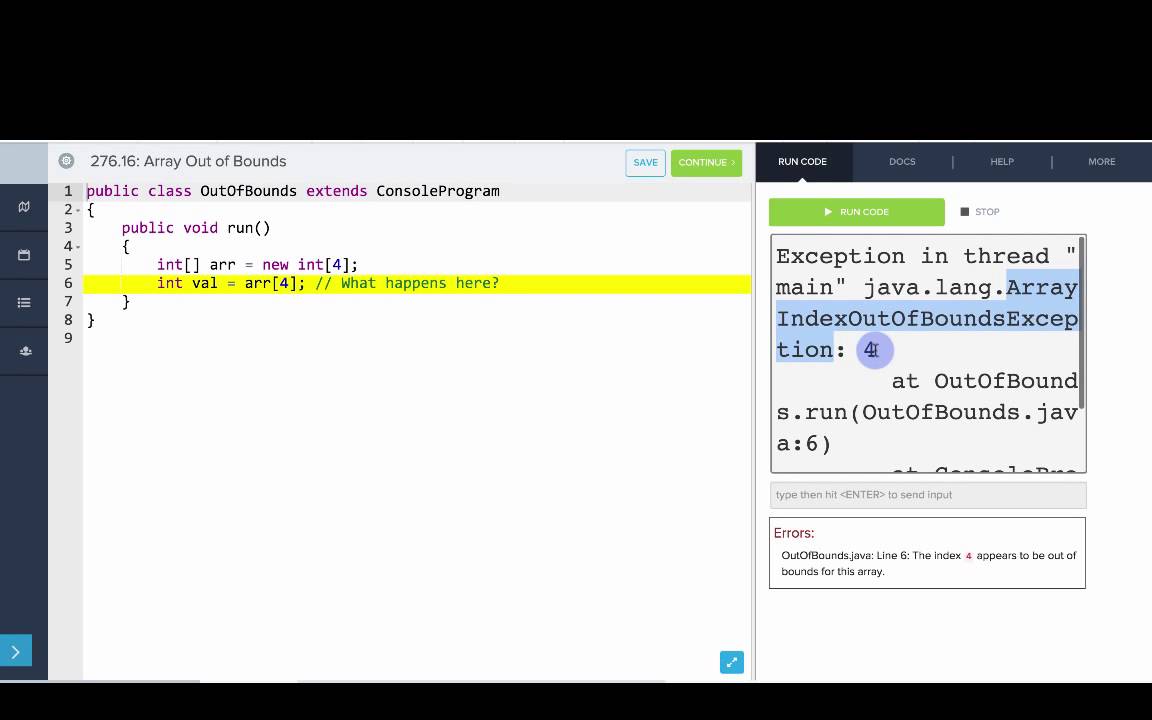ARRAY pada Programming
Summary
TLDRThe video explains arrays as essential data structures in programming, particularly in Java. It highlights how arrays efficiently store multiple items of the same type using indexing for easy access. Viewers learn the steps to declare, initialize, and assign values to arrays, as well as how to loop through them to handle large datasets. Additionally, the video covers multidimensional arrays, allowing for more complex data organization. The speaker encourages interaction, inviting viewers to ask questions for better understanding, ultimately showcasing arrays as vital tools for efficient coding.
Takeaways
- 😀 Arrays are data structures used to store multiple values in a single variable.
- 😀 Each element in an array is accessed via an index, which starts from zero.
- 😀 Using arrays helps manage large datasets efficiently, reducing coding complexity.
- 😀 Arrays can store large quantities of data of the same type, making them versatile.
- 😀 To create an array in Java, you need to declare, create, and initialize it.
- 😀 You can initialize arrays directly with values or declare their size first.
- 😀 Accessing elements in an array is done using their respective indices.
- 😀 Loops can be used to iterate through arrays, making data manipulation easier.
- 😀 Multi-dimensional arrays allow for storing data in table-like formats.
- 😀 Proper understanding and usage of arrays are essential for efficient programming.
Q & A
What is an array?
-An array is a data structure used to store a collection of data in a single place, where each piece of data can be accessed using an index.
Why are arrays useful in programming?
-Arrays allow programmers to store multiple values of the same type efficiently, reducing the complexity of code and making it easier to manage large amounts of data.
What are the steps to create an array in programming?
-The steps include declaring the array variable, creating the array with its size, and assigning values to each element.
How can you initialize an array in Java?
-In Java, you can initialize an array by using square brackets after the data type and specifying its size, or by directly assigning values using curly braces.
What is the significance of the index in an array?
-The index allows you to access and manipulate individual elements within the array, with indexing typically starting at zero.
How can you access elements in a multidimensional array?
-Elements in a multidimensional array can be accessed using multiple indices, corresponding to each dimension of the array.
What happens if you try to access an index that is out of bounds?
-Accessing an out-of-bounds index typically results in an error or exception, indicating that the requested index does not exist within the array.
How can loops be used with arrays?
-Loops can be used to iterate through the elements of an array, allowing for operations like displaying or modifying each element without writing repetitive code.
What is a multidimensional array?
-A multidimensional array is an array that contains other arrays as its elements, allowing for the storage of data in more than one dimension.
What should you do if you have questions about arrays after watching the video?
-You can leave a comment under the video to ask questions or seek clarification on any aspects of arrays that you may not understand.
Outlines

Esta sección está disponible solo para usuarios con suscripción. Por favor, mejora tu plan para acceder a esta parte.
Mejorar ahoraMindmap

Esta sección está disponible solo para usuarios con suscripción. Por favor, mejora tu plan para acceder a esta parte.
Mejorar ahoraKeywords

Esta sección está disponible solo para usuarios con suscripción. Por favor, mejora tu plan para acceder a esta parte.
Mejorar ahoraHighlights

Esta sección está disponible solo para usuarios con suscripción. Por favor, mejora tu plan para acceder a esta parte.
Mejorar ahoraTranscripts

Esta sección está disponible solo para usuarios con suscripción. Por favor, mejora tu plan para acceder a esta parte.
Mejorar ahoraVer Más Videos Relacionados

Memahami Fungsi Array || Algoritma dan Struktur Data

Mengenal Array dan Struct Dalam Algoritma Struktur Data

Informatika Kelas X Kurikulum Merdeka Bab 2: Struktur Data | Ngode with Kang Aldi

Using Arrays

2D arrays - A Level Computer Science

C programming Bangla Tutorial 5.2 : কিভাবে সি প্রোগ্রামিং পড়বেন / পড়াবেন ?
5.0 / 5 (0 votes)
